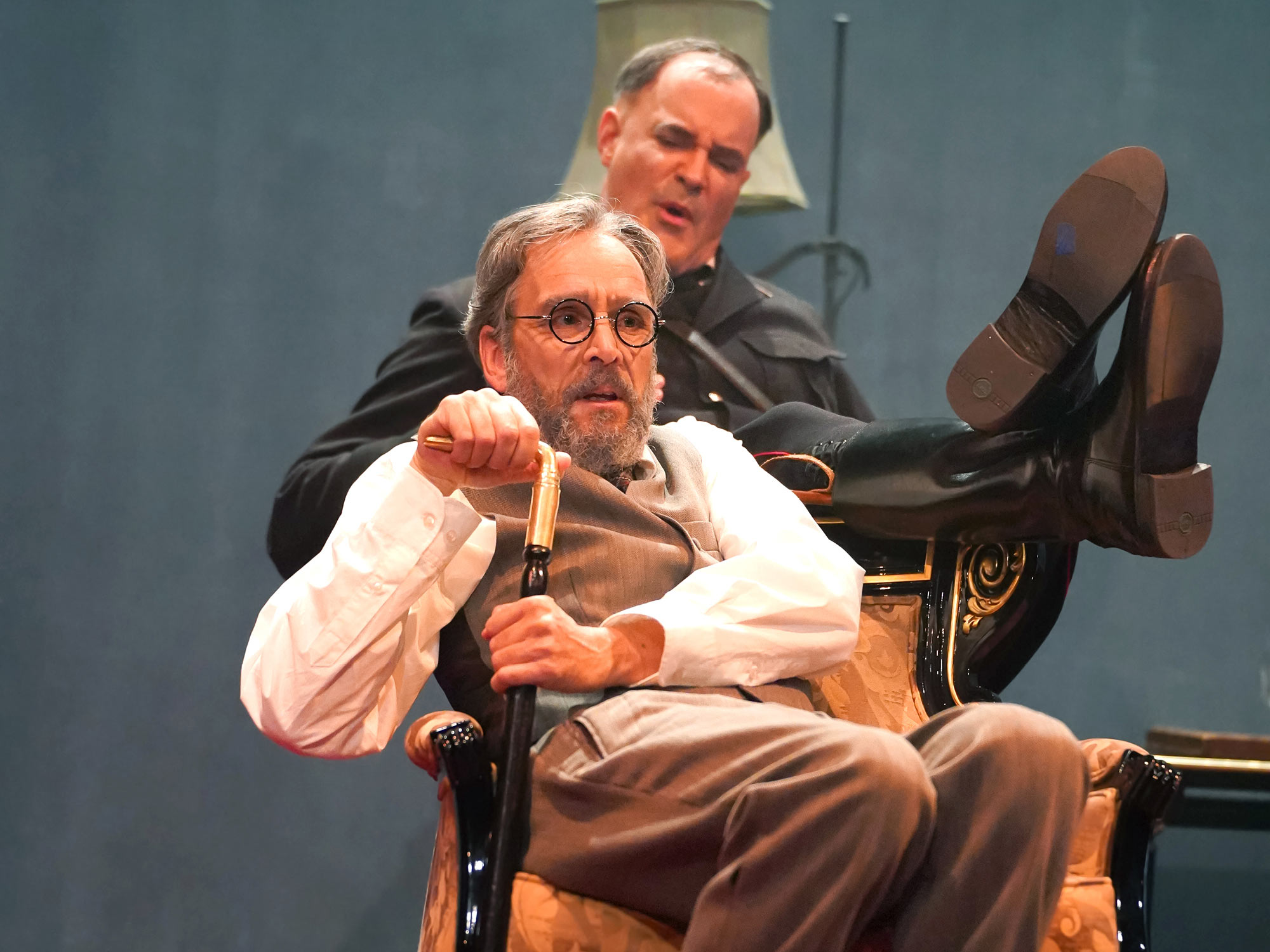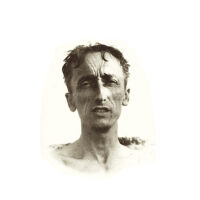Director Gosha Valerian Gorgoshidze sheds light on the contribution made by Rudolf Steiner’s 1924 Dramatic Course and the search for an art of theater that reconnects to the spiritual dimension through the experience of the forces of language and karmic connections.
When Rudolf Steiner gave an overview of the development of drama in his so-called “Dramatic Course,”1 he emphasized the idea of fate or destiny that lay gestating within the womb of ancient Greek dramas (by Aeschylus, Sophocles, and Euripides) and the phenomenon of character that, in later times, came more and more to the fore in theatrical life and overcame fate. With this, the process of the individualization of the human being comes forward, as expressed in dramaturgy. Then, in the 20th century, the inner life of the human being becomes more and more significant. This inner life became a profound experience of boundaries. We encounter many characters who are lonely and spiritually uprooted. Nevertheless, as we seek knowledge, we can discover how and with whom or what we are connected and can make contact with the spiritual world. Within our inner self, we discover the other. And this is how destiny and character come together. Destiny as karma, in which we are connected with one another in a deep way. And character as an individual, who can only experience themselves within a larger context. In Rudolf Steiner’s Mystery Dramas, destiny and character unfold together. Here, we see these dramas as pioneering works for the renewal of the whole art of theater.
The starting point of the Dramatic Course is speech formation. This is also the title of the course, “Speech Formation and Dramatic Art.” Steiner’s novel approach was to lead from the perception of meaning and ideas to the perception of speech sounds and words—not a mere reproduction of the content but rather its continuation in the artistic. Speech sounds [phonemes] are the basis of speech. The prerequisite for reconnecting the art of acting with the spirit is to develop a perception of the speech sounds, to be able to experience each sound’s unique voice and mood. Speech sounds can be experienced both in the body and in the soul. Accordingly, one can train oneself to evoke the moods of different speech sounds. And one can act with these moods and place oneself within the pictures and feelings—pictures and feelings that are harmoniously reconnected with the cosmos by way of this new way of acting. Certainly, it’s a high ideal. Albert Steffen spoke of poetry and stage art having a “therapeutic” effect.
This approach aims to bring something new to the development of theater. The theater of the 20th century has developed in such a way as to perceive the human being along with all their pains and joys. Rudolf Steiner proposes to perceive the human being as a spiritual being as well, one that lives directly in tone and speech. The speech sounds, the word, and the sentence become audible through the human voice, through the tone. In the Dramatic Course, Steiner says that the intonation of speech sounds should become a habit for the actor, but the words should be intoned consciously at the moment of the performance. What does that mean? The tone expresses the soul, the soul of the character, to which the actor lends their own soul. The actor seeks the tone that corresponds to the character in the text or in the being of speech behind the text. What is required here is not an arbitrary tone, not an arbitrary interpretation of the text, but the prescribed tone, which can be individualized by the performer.
Eurythmy is a foundation and a wellspring of inspiration for acting. In the Dramatic Course, Rudolf Steiner recommends that actors engage with eurythmy, not in order to do eurythmy on stage, but to be able to experience the speech sounds in their gestures and, correspondingly, in their moods. “[I]n a sense, inwardly fill yourself out with the ghost of the eurythmy formation, with this mirror image, with this counter-image, while at the same time intoning, then you will have your vowels and your consonants pure, just as you need them”:2 Here is a way of experiencing in which new possibilities can be discovered. Rudolf Steiner spoke of how the art of theater originated in the Mysteries. A Mystery is an act that takes place in more than just the physical world. One hundred years ago, the Dramatic Course announced a new search for a Mystery theater.
Translation Joshua Kelberman
Image Der Besucher [The Visitor] by Eric-Emmanuel Schmitt, 2023, directed by Gosha Gorgoshidze. Sigmund Freud: Jens Bodo Meier, A Nazi: Peter Meyer. Photo: Ariane Totzke





